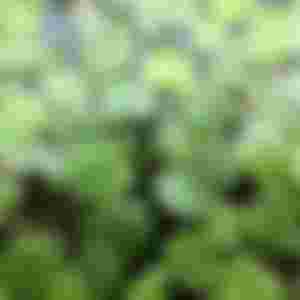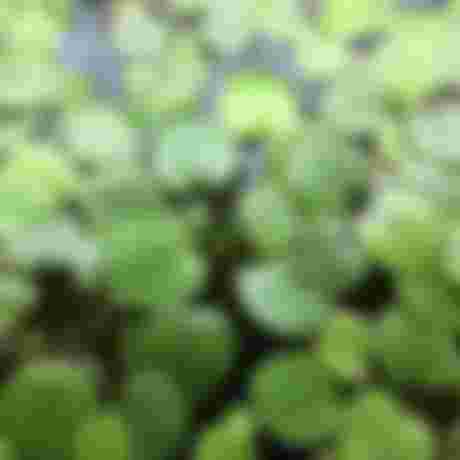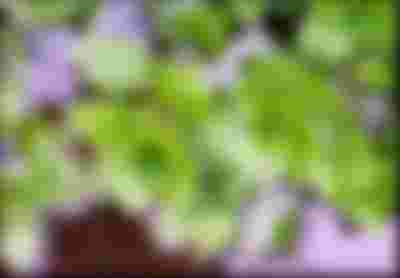You can write a book review and share your experiences. Other readers will always be interested in your opinion of the books you've read. Whether you've loved the book or not, if you give your honest and detailed thoughts then people will find new books that are right for them.

Aquatic Dicotyledons of North America: Life History, Ecology, and Systematics brings together a wealth of information on the natural history, ecology, and systematics of North American aquatic plants. Most books on aquatic plants have a taxonomic focus and are intended primarily for identification. Instead, this book provides a comprehensive overview of the biology of major aquatic species by compiling information from numerous sources that lie scattered among the primary literature, herbarium databases, and other reference materials. Included dicotyledon species are those having an obligate (OBL) wetland status, a designation used in the USACE National Wetland Plant List. Recent phylogenetic analyses are incorporated and rationale is provided for interpreting this information with respect to species relationships. This diverse assemblage of information will be useful to a wide range of interests including academic researchers, wildlife managers, students, and virtually anyone interested in the natural history of aquatic and wetland plants. Although focusing specifically on North America, the cosmopolitan distribution of many aquatic plants should make this an attractive text to people working virtually anywhere outside of the region as well. This book is an essential resource for assisting with wetland delineation.

It is difficult to agree on a mutually acceptable definition of
“aquatic plant” because this term has been applied to such a
broad spectrum of species representing an assortment of habi-
tats characterized by various degrees of moisture. Also, many
plants are adapted flexibly to diverse habitat conditions, and
it is not unusual for a single species to thrive in sites, which
differ diametrically by their extent of soil moisture. Although
most would agree that certain plants like Nymphaea (water
lilies) should be classified as aquatics, it is much more dif-
ficult to categorize species such as Persicaria lapathifolia L.
(nodding smartweed), which occurs in habitats ranging from
swamps to cultivated fields. Whether or not
such species are regarded as aquatic plants has more than
theoretical importance, because precise wetland delineation
is necessary for satisfying mandates imposed by various wet-
land conservation laws.
Life forms are useful in determin-
ing whether certain plants are aquatic. Submersed species,
floating-leaved species, free-floating species, and suspended
species all can be categorized reliably as aquatics, given their
constant association with aqueous conditions throughout their
life cycle. However, efforts to define aquatic plants are compli-
cated by wetlands, which are transitional, and represent a con-
tinuum from terrestrial to aquatic habitats (Cronk & Fennessy,
2001). A distinction between the terms “aquatic” and “wet-
land” is evident in the published literature. Some titles refer
only to “aquatic plants” . Often, many of the same species
are treated in all of these books. So how does one distinguish
between what is aquatic and what is not?
My definition of aquatic plants assumes that such species
possess adequate adaptations necessary to survive in either
“aquatic” or “wetland” habitats. Thus, such plants must not
simply occur at a wet site, but must persist and reproduce
under those conditions. Consequently, those species fulfilling
the latter requirements should be those that are most com-
monly recognized by experts as being adapted to an aquatic
habitat. To define the aquatic habitat, I have emphasized the
occurrence of hydric soils, which are defined elsewhere as a major factor.
From this line of reasoning, I define aquatic plants as
“indicative taxa capable of perpetuating their life cycles and
continuing their existence in still or flowing standing water
or upon inundated or non-inundated hydric soils.” This defi-
nition has several components. The primary focus of this
book is to provide information on the indicative taxa, which
are those flowering plant species most readily recognized as
adapted to aquatic habitats.
There are several ways to determine whether a species is
indicative. One need to only look in any of the books men-
tioned earlier to see what the experts have regarded as com-
prising aquatic or wetland species. Species that occur in
these books are indicative, at least presuming that the vari-
ous authors have used similar criteria in assessing whether
the plants were “aquatic enough” to be included in their treat-
ments. Corn plants (Zea mays) often are observed growing in
temporarily flooded fields, but to my knowledge, corn is not
included in any book pertaining to aquatic or wetland spe-
cies. Consequently, corn would not be regarded as indicative.
Conversely, plants like cattails (Typha) almost always are
observed to grow in sites that would be characterized as wet,
and this genus is listed in nearly all of the books cited earlier.
Typha then is indicative. Another way to look at this com-
parison is that corn almost never grows under wet conditions,
whereas cattails almost always do.

